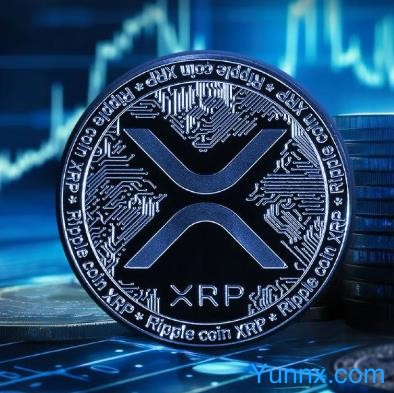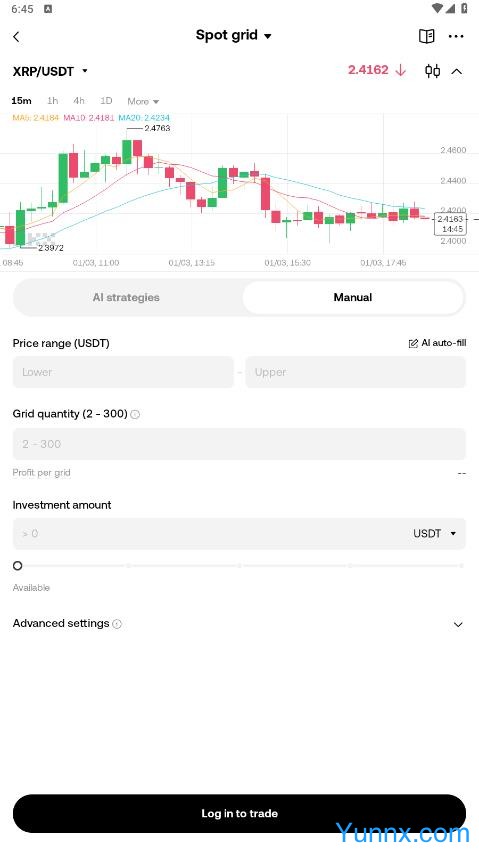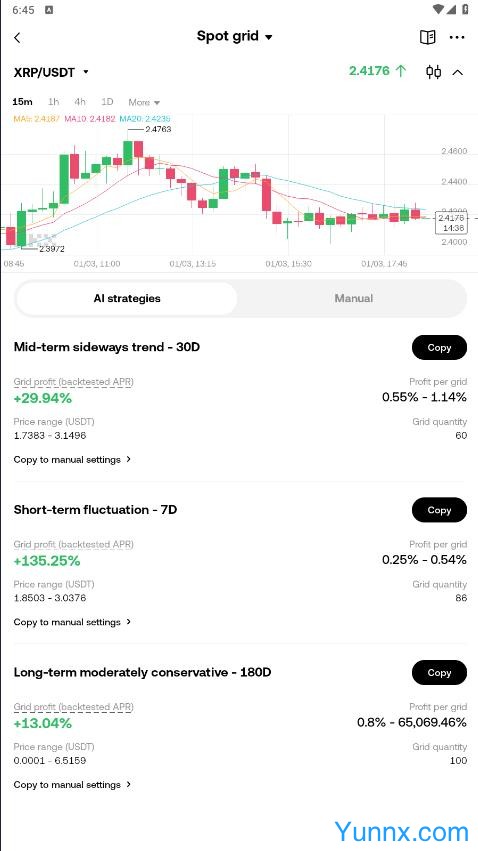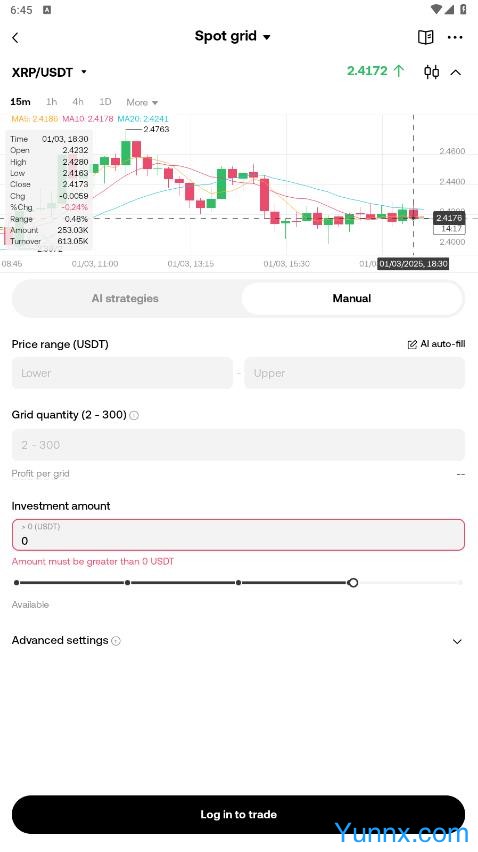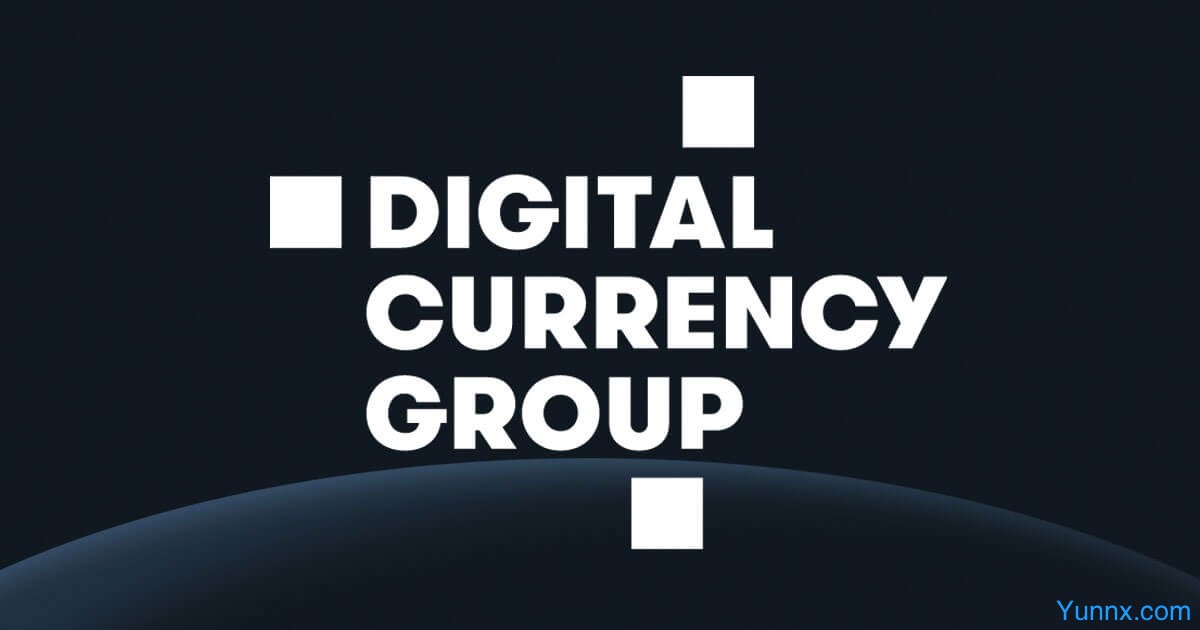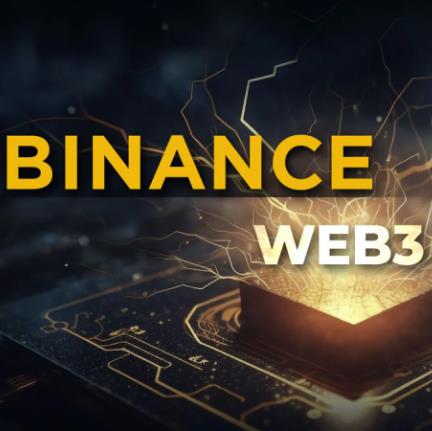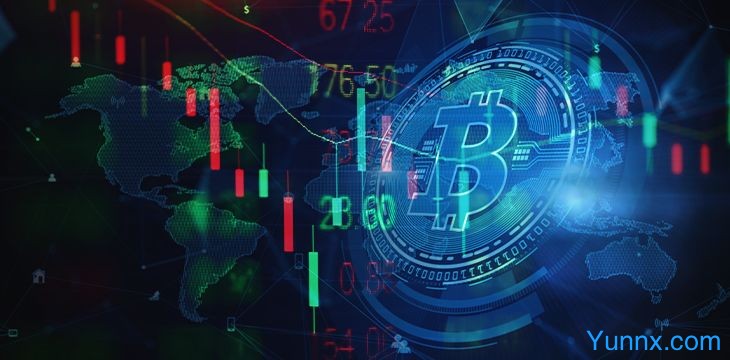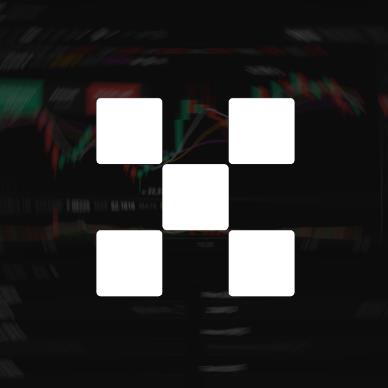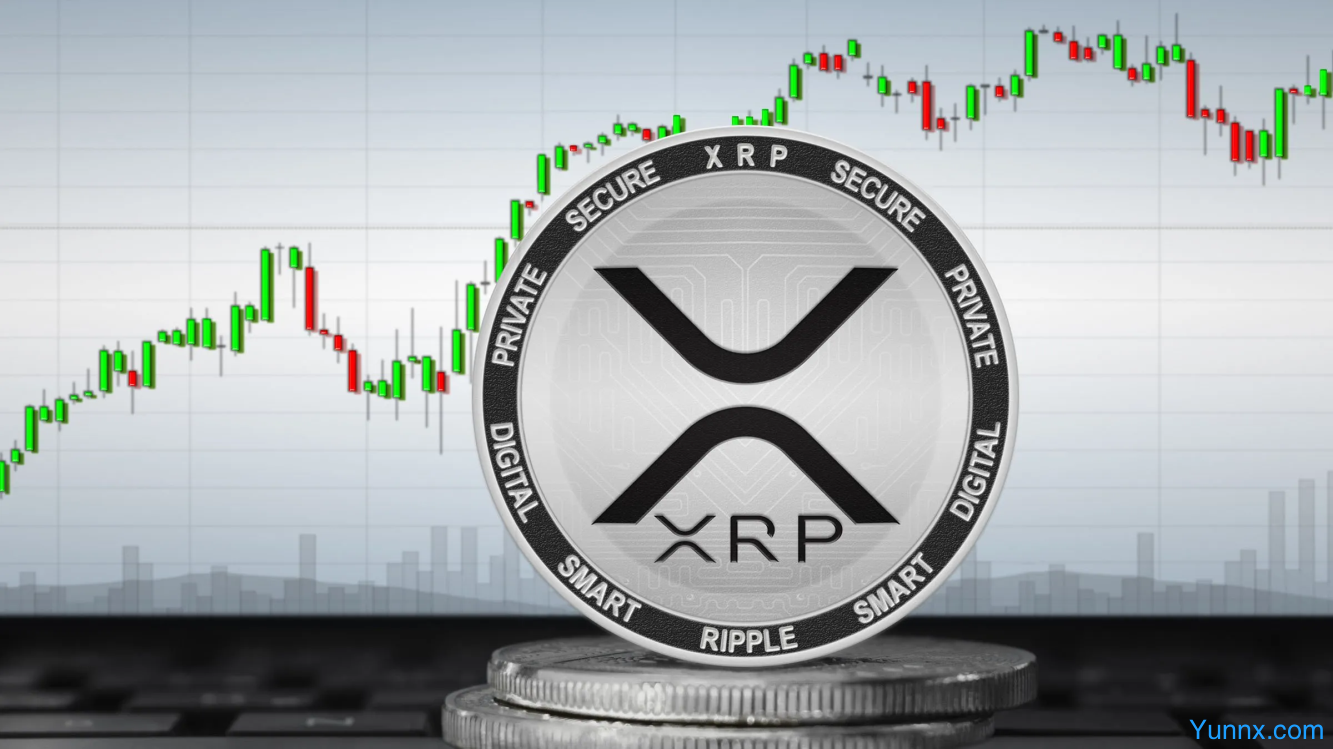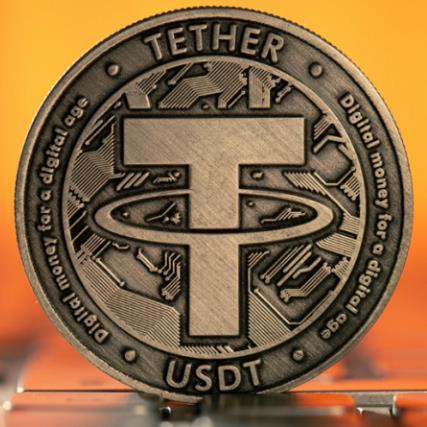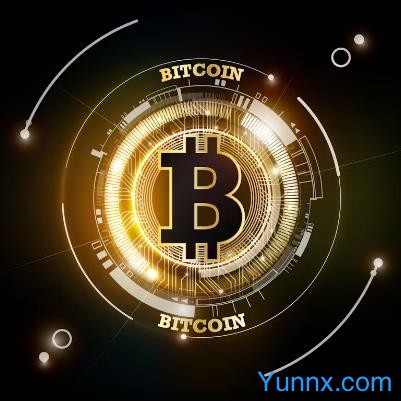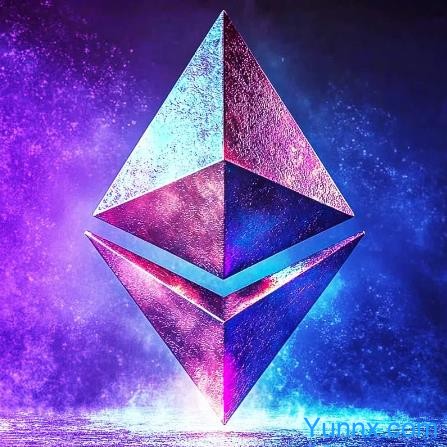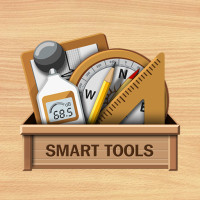Ripple (XRP) is the fundamental currency of the Ripple network, which can circulate throughout the entire Ripple network with a total quantity of 100 billion and gradually decreases with increasing transactions. Ripple is different from other currencies in the Ripple system, such as fiat currencies like CNY and USD, or other cryptocurrencies that cannot be withdrawn across gateways, while Ripple is universal within the Ripple system.
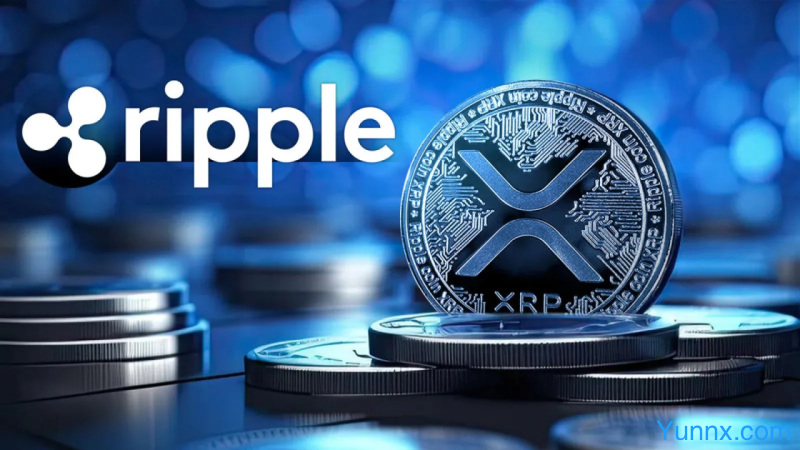
Technical foundation and characteristics
Fast confirmation time: A significant advantage of Ripple is its very short transaction confirmation time, only 3 to 5 seconds, compared to Bitcoin which takes 40 minutes. This high-speed processing capability has enabled Ripple to achieve significant breakthroughs in engineering.
Low transaction fee: Each transaction only requires a very small fee, approximately 1/1000 cent, which is mainly used to prevent spam request attacks and ensure the secure operation of the system.
Decentralized architecture: Although it may appear as "weak centralization" locally, such as the relationship between gateways and users, overall, Ripple adopts a "decentralized" architecture. This means that there is no single control point, and all nodes jointly maintain a distributed ledger 2.
Multi currency support: The Ripple network not only supports its own XRP token, but also allows users to make payments using any currency, including fiat and virtual currencies. More importantly, it can automatically perform exchange rate conversion, achieving seamless conversion between different currencies.
Consensus mechanism: Ripple has introduced a "consensus" mechanism, which can verify and confirm transactions within seconds through the voting of special nodes. This is much faster than the multiple nodes required for Bitcoin to confirm one by one.
Application scenarios and development prospects
Ripple was originally designed to optimize cross-border payment processes, especially for banks and financial institutions, as it provides a faster and lower cost way to clear international transfers. With the development of time, the application scenarios of XRP have gradually expanded to micro payments and other market areas. In addition, as Ripple continues to strengthen its cooperation with global banks and financial institutions, the potential application of XRP in emerging fields such as decentralized finance (DeFi) and asset tokenization in the future is also worth looking forward to.
Market performance and historical data
Since its launch, Ripple has experienced multiple price fluctuations. For example, between the end of 2017 and the beginning of 2018, the price of Ripple skyrocketed by nearly 56%, surpassing Ethereum in market value and becoming the second largest cryptocurrency after Bitcoin. In July 2023, after a judge in the Southern District of New York ruled that Ripple "may not necessarily be a security on the surface," the price of XRP token surged again by over 30%. However, it is worth noting that although the value of Ripple has increased in the past few years, it still faces uncertainties from regulatory policies, technological challenges, and market competition.
Social Impact and Future Prospects
Ripple is not just a financial instrument, it represents a new economic concept and a force for social change. On the one hand, Ripple provides a way to replace the traditional banking system, especially for those living in areas with underdeveloped financial services; On the other hand, it has also sparked in-depth thinking on issues such as the nature of currency, trust building, and power distribution. Looking ahead, with the continuous development of blockchain technology and the cryptocurrency field, we can foresee that Ripple will continue to have a profound impact on a global scale. Meanwhile, in the face of constantly changing market demands and technological advancements, the Ripple community is actively exploring how to further optimize protocols, improve scalability, and enhance user experience.
